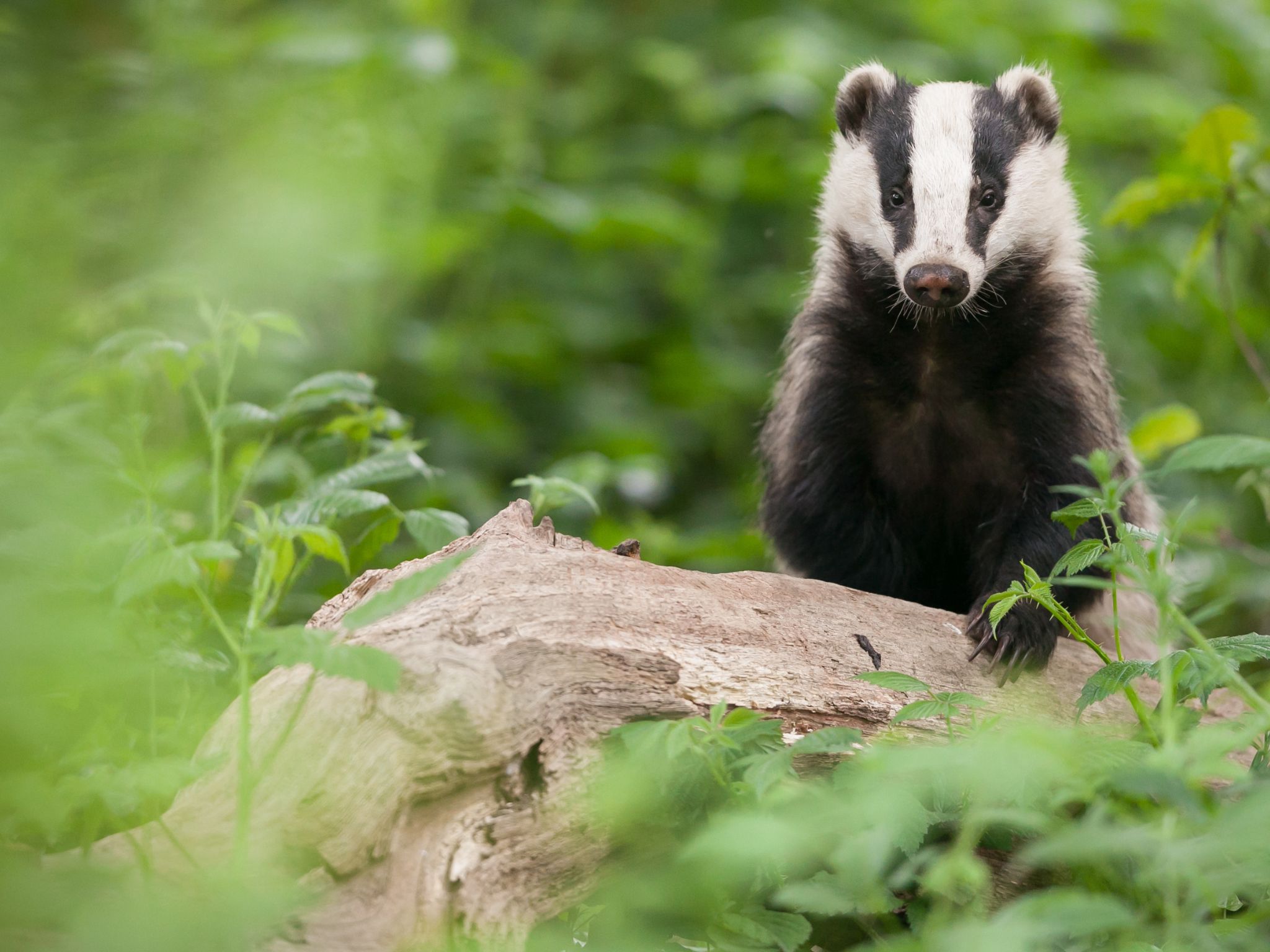
European Badgers: Nature’s Expert Diggers and Social Underground Dwellers
When you think of a classic badger—with a stocky build, black-and-white striped face, and a reputation for digging—you’re probably imagining the European badger (Meles meles). Found throughout much of Europe and parts of Asia, these fascinating animals are far more complex than their tough exterior suggests. They’re not only powerful burrowers but also surprisingly social creatures with strong family bonds and a taste for earthworms.
Let’s dig into what makes the European badger such an interesting and important part of the natural world.
Where Do European Badgers Live?
European badgers are found across a wide range of habitats—from ancient woodlands and rolling farmland to the edges of suburban neighborhoods. They’re incredibly adaptable, though they prefer areas where they can dig their elaborate underground homes, called setts. These setts are often located in sloped ground with well-drained soil and nearby food sources.
What Is a Sett?
A sett is more than just a den—it’s an underground fortress. European badgers build and maintain complex tunnel systems that can include multiple entrances, chambers for sleeping and raising young, and even areas for going to the bathroom (yes, they dig latrines!). Some setts have been in use for decades or even centuries, passed down through generations like a family estate.
Social Life of the European Badger
Unlike many of their mustelid cousins who prefer solitude, European badgers live in social groups, often called clans. A typical group includes 2 to 15 individuals, usually related. These groups share their sett and cooperate in maintaining and defending it. However, they still maintain a hierarchy, and dominant individuals typically have first access to mating opportunities and the best resting spots.
Badgers mark their territories with scent from special glands and use scratching posts and latrines to communicate with other groups.
What Do European Badgers Eat?
Despite being members of the Carnivora order, European badgers are actually omnivores. Their favorite food? Earthworms. In fact, a single badger may eat several hundred worms in a single night! But they won’t stop there—badgers also enjoy insects, small mammals, bird eggs, fruit, roots, and the occasional crop like corn or berries. Their varied diet helps them thrive in many environments.
Badgers and Humans
European badgers are generally shy and avoid people, but their proximity to rural and suburban areas has brought them into occasional conflict with humans. In some regions, they’re blamed for damaging crops or spreading disease to livestock (particularly bovine tuberculosis). This has led to controversial management programs in countries like the UK.
On the flip side, many people enjoy spotting badgers in the wild or on wildlife cameras. In the UK, they are a protected species under the Protection of Badgers Act (1992), and efforts are ongoing to balance conservation with disease control.
Fun Facts About European Badgers
- Clean creatures: Badgers frequently change their bedding—dragging in fresh grass and leaves—and clean out old material regularly.
- Night owls: They are nocturnal, emerging from their setts around dusk to forage.
- Strong diggers: Their claws and forelimbs are powerful, capable of excavating large amounts of soil quickly.
Final Thoughts
The European badger is a symbol of quiet strength and adaptability. Living beneath our feet in elaborate tunnel systems, they lead lives full of social interaction, nightly foraging adventures, and impressive engineering. Though often overlooked, these striped-faced mammals play a vital role in the ecosystems they inhabit—and deserve our curiosity, respect, and protection.
Want to learn more about badgers around the world? Don’t miss our deep dives into the American badger, honey badger, and the lesser-known hog badger of Asia. Stay curious, and keep exploring the hidden world of wildlife!
More photos below ↓











Disclaimer: This blog post is for edutainment purposes only and may not be entirely accurate.






